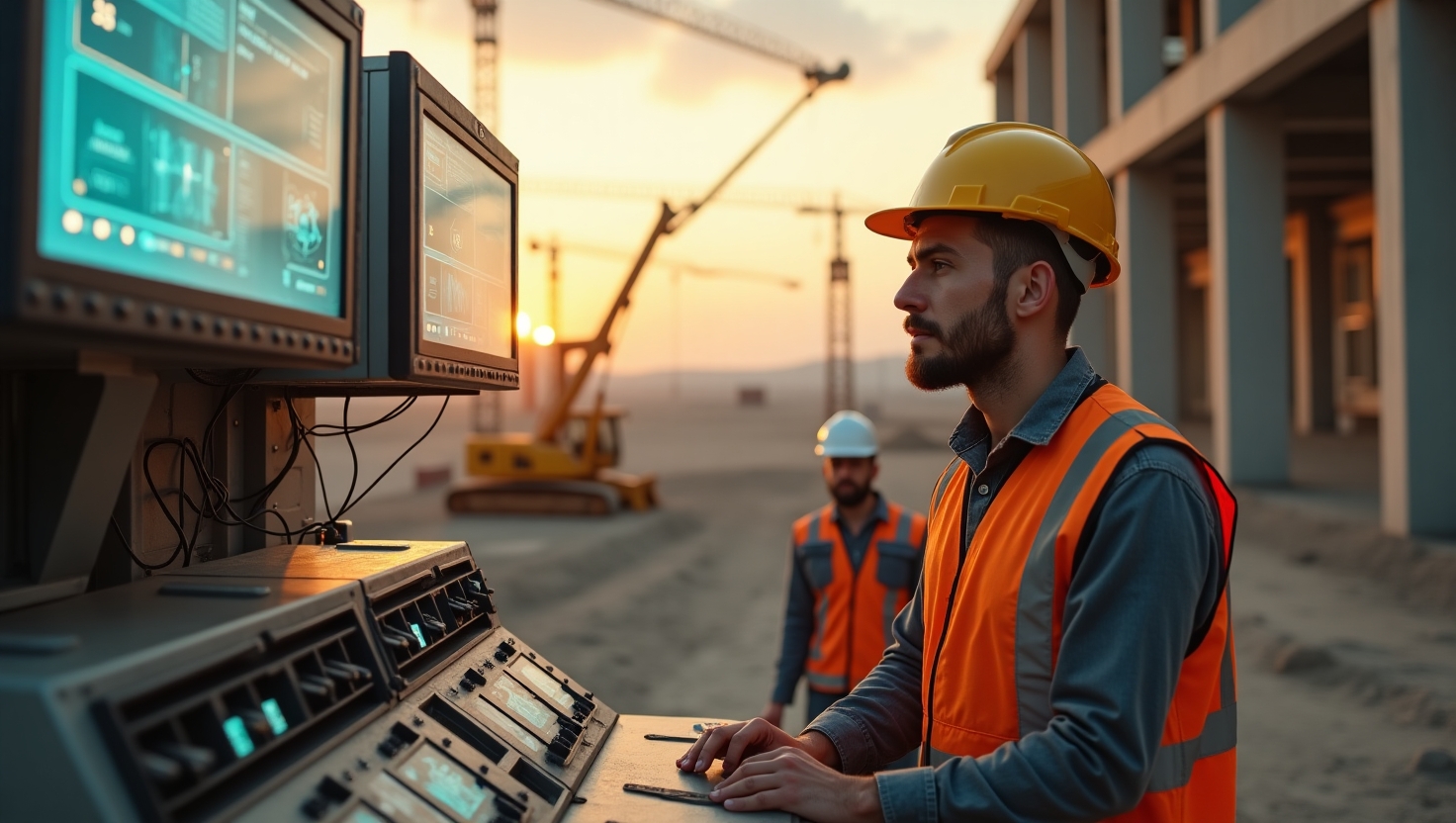Generative AI in Construction: Transforming Safety and Efficiency
Introduction
The integration of generative AI into the construction industry marks a significant leap towards improving safety and operational efficiency. As construction remains one of the sectors with a high rate of workplace accidents, incorporating AI is not just a technological advancement—it’s a necessity. Safety concerns drive innovation in construction, prompting stakeholders to continually explore advanced technologies like AI to safeguard workers and streamline operations.
Background
Construction safety challenges have long been a concern, with falls, equipment mishaps, and structural collapses topping the list of common hazards. Historically, safety technology in construction has evolved from manual safety checks and simple protective measures to more sophisticated solutions like virtual reality training and real-time monitoring systems. AI applications, particularly generative AI, are at the forefront of this evolution, offering remarkable potential to address these persistent safety issues.
AI’s role in construction is akin to a vigilant overseer, tirelessly assessing potential hazards and ensuring compliance with safety standards. For instance, by analyzing vast amounts of site data in real-time, AI can identify safety breaches that human inspectors might overlook, thus proactively preventing accidents and enhancing overall site safety.
Trend
Recently, the rise of generative AI in construction has garnered attention due to its ability to predict and mitigate safety risks effectively. New advancements in safety technology are actively being implemented on construction sites to enhance safety measures. One notable example is the Safety AI tool by DroneDeploy, which examines daily imagery to identify and flag safety violations with unmatched precision. According to a recent article, Safety AI boasts a remarkable 95% accuracy in spotting OSHA violations, underscoring its pivotal role in safety management (source: Technology Review).
This case study illustrates how generative AI transcends traditional boundaries, providing construction firms with a proactive approach to safety—comparable to transforming chaotic construction sites into a meticulously organized workplace with fewer accidents and better compliance records.
Insight
The effectiveness of generative AI in boosting construction site safety is tangible. AI systems, with their sophisticated algorithms, analyze site conditions and workflows to identify potentially hazardous scenarios before they materialize. The compelling statistics—like the 95% accuracy of Safety AI in flagging violations—demonstrate significant progress in AI applications tailored to safety (source: Technology Review).
However, it’s crucial to acknowledge the role of human oversight. Despite the advancements in AI technology, human judgment and intervention remain indispensable to ensure the applicability and ethical use of AI insights. Much like a seasoned pilot relying on autopilot to enhance flight safety, but never relinquishing control, construction professionals must integrate AI outputs with their expertise to maintain a safe working environment.
Forecast
Looking ahead, the role of AI in construction, particularly in augmenting safety technology, is poised to expand further. We can anticipate innovations such as AI-driven autonomous machines capable of performing hazardous tasks, thereby reducing the potential for human-related accidents. Moreover, with continuous advancements, AI could offer real-time, personalized safety briefings for workers, considering diverse job site conditions.
However, as AI’s role broadens, the societal implications, including the ethical considerations of surveillance and the potential for workforce displacement, must be addressed. The transition towards Artificial Intelligence in construction signifies both an opportunity for enhanced safety and a challenge that necessitates careful management.
Call to Action (CTA)
To stay adaptable and informed, industry professionals are encouraged to keep abreast of the latest generative AI developments within construction. Engaging with construction safety professionals and technology companies can harness AI advancements for safer construction sites. As AI continues to evolve, active participation in these discussions will be key to leveraging its full potential for safety innovations. For further insights, exploring articles like this one can broaden understanding and inspire action.
In conclusion, the intersection of generative AI and construction safety represents a transformative phase in the industry, offering safer and more efficient paths forward. Embracing this change will not only protect workers but also pave the way for a more reliable and advanced construction landscape.

